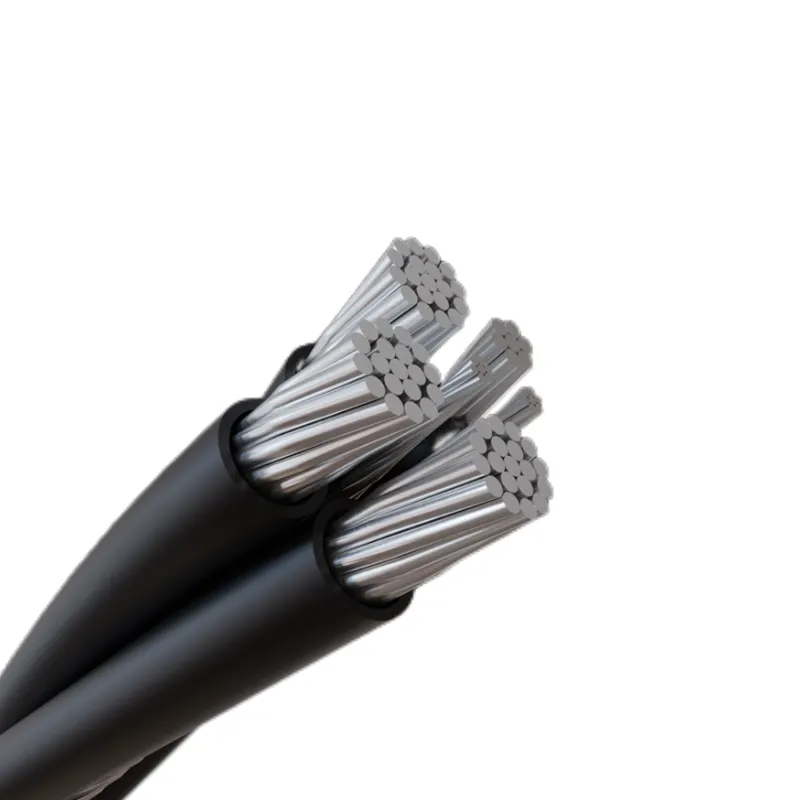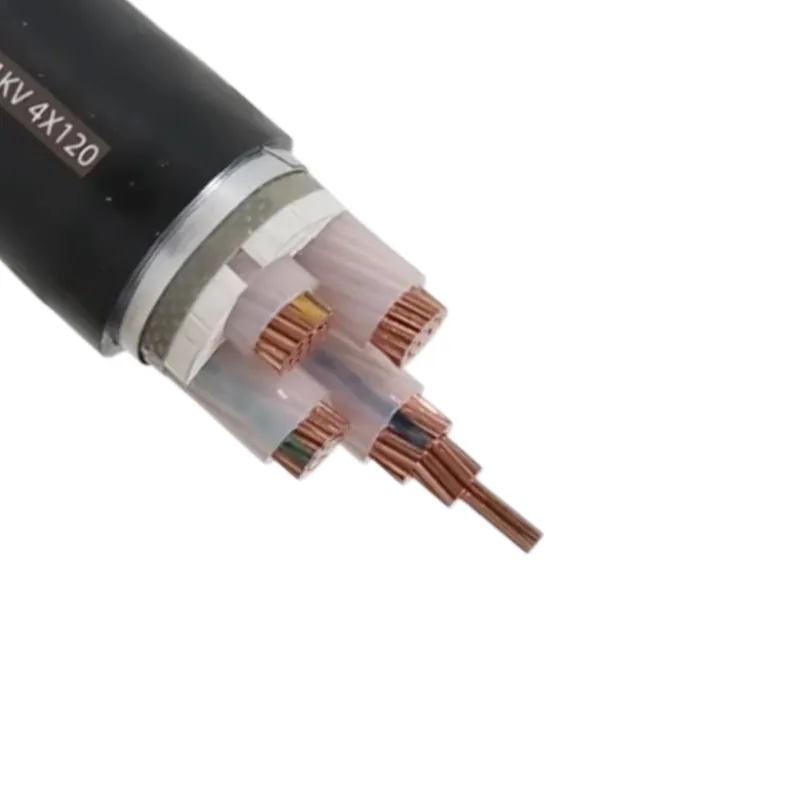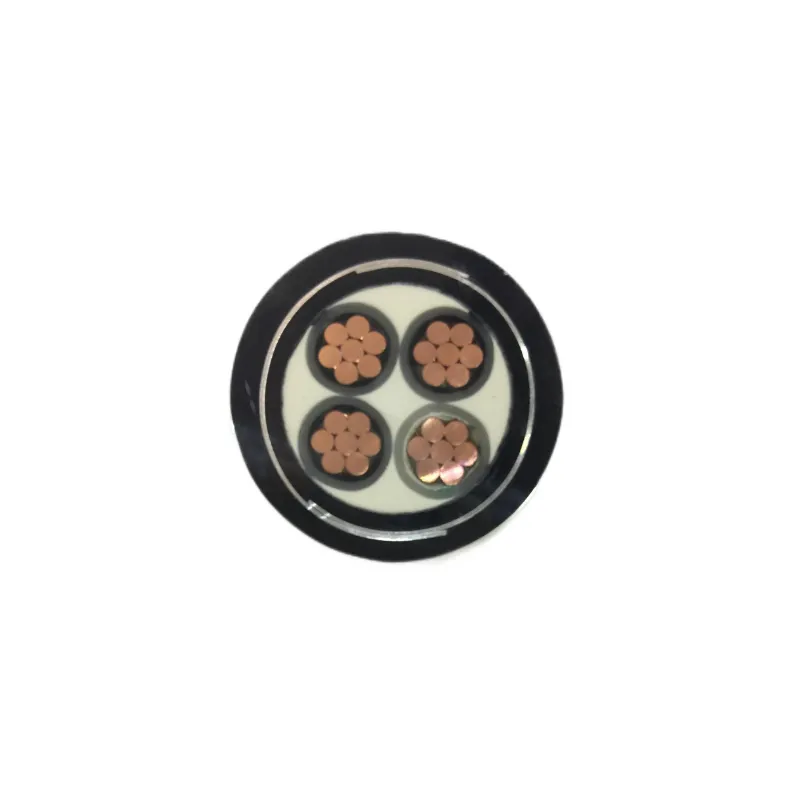Time: 2025-04-15 12:24:06 Source: Henan Province Jianyun Cable Co., Ltd.
The journey of a cable begins with raw materials, primarily metals for conductors and polymers for insulation. For low voltage wires, copper is the preferred conductor due to its excellent conductivity, flexibility, and low resistance. Aluminum is sometimes used for cost savings, though it’s less common in low voltage applications due to its higher resistance and susceptibility to oxidation. These metals start as large ingots or rods, often 8 mm in diameter, sourced from mining operations worldwide, such as those in South America or Asia.
Insulation materials include polyvinyl chloride (PVC), polyethylene (PE), or thermoplastic elastomers (TPE), chosen for their electrical properties and durability. For low voltage wires, insulation is typically thin yet effective, ensuring safety without adding bulk. Additional materials like plastic fillers, shielding foils, and outer jackets (often PVC or TPE) are used to protect the cable and enhance its performance. Think of these raw materials as the ingredients in a recipe—each plays a critical role in the final dish, whether it’s a delicate low voltage wire or a robust industrial cable.

The first step in transforming raw metal into a usable wire is wire drawing, a process that reduces the diameter of the copper or aluminum rod to the desired size. The metal rod, often called a “wire rod,” is pulled through a series of synthetic diamond dies, each smaller than the last, on a draw bench. This gradually stretches the metal into a thinner wire, typically down to 2 mm or less for low voltage applications (e.g., 18–24 AWG). Lubricants and cooling systems are used to prevent overheating and extend the life of the dies, ensuring the wire remains smooth and uniform.
For low voltage wires, the resulting thin strands are ideal for flexibility and signal transmission, as they need to fit into compact devices like smart home sensors. This process is like rolling out dough—starting with a thick ball and stretching it into a thin, pliable sheet, ready for the next stage of preparation.
After wire drawing, the metal is under significant stress and has lost some of its ductility and conductivity due to the deformation. To restore these properties, the wire undergoes annealing—a heat treatment process. The wire is heated to a high temperature, often 1000–1200°F (538–649°C), until it glows, then cooled slowly, sometimes by submersion in a water bath. This relieves internal stresses, softens the metal, and enhances its conductivity, making it more malleable for further processing.
In low voltage wire production, annealing is crucial to ensure the wire can bend without breaking, especially in applications like telecommunications where wires are often routed through tight spaces. Annealing is like a spa treatment for the wire—it relaxes and rejuvenates the metal, preparing it for the challenges ahead.

Once the wire is drawn and annealed, it’s often stranded to enhance flexibility and electrical performance. Stranding involves twisting multiple thin wires together to form a single conductor. For low voltage wires, this might mean combining 7 to 19 strands of fine copper wire (e.g., 0.2 mm each) to create a conductor with a cross-section of 0.5 mm² to 1.5 mm². This process, performed on specialized stranding machines, ensures the conductor can bend without breaking, which is essential for applications like industrial automation or smart home wiring.
Stranding also improves the wire’s ability to carry signals by reducing the skin effect, where current tends to flow on the surface of a solid conductor at high frequencies. It’s like braiding hair—individual strands are weak on their own, but together they create a strong, flexible unit ready for action.

With the conductors prepared, the next step is to apply insulation to prevent electrical leakage and ensure safety. Insulation is applied through a process called extrusion, where the wire is passed through an extruder machine. Here, molten plastic—such as PVC or PE for low voltage wires—is forced through a die, coating the conductor in a thin, uniform layer. The cable is then cooled in a water bath to solidify the insulation, ensuring it adheres properly without defects.
For low voltage wires, insulation materials are chosen for their flexibility and dielectric properties, ensuring minimal signal loss in applications like telecommunications or smart home systems. The insulation acts like a protective skin, shielding the conductor from external interference and keeping the current where it belongs.
After insulation, multiple conductors are often assembled into a single cable, especially for low voltage applications requiring multiple signal paths, such as in Ethernet cables or control systems. This assembly process, often done at a cabling station, involves bundling the insulated conductors together, sometimes with fillers to maintain the cable’s shape. For added protection, a shield (e.g., aluminum foil or braided copper) may be applied to reduce electromagnetic interference, which is crucial for data transmission in telecommunications.
The final layer is the outer jacket, applied through another extrusion process. For low voltage wires, the jacket might be a flexible PVC or TPE layer, providing resistance to abrasion, moisture, and UV light (important for outdoor applications like solar systems). This step is like wrapping a gift—the jacket seals everything together, protecting the inner components for the journey ahead.
Before a cable leaves the factory, it undergoes rigorous quality control to ensure it meets industry standards and performs reliably. Manufacturers test for electrical properties like conductivity and insulation resistance, often using voltage tests to check for leaks or weak spots. For low voltage wires, signal integrity tests ensure minimal loss, which is critical for applications like telecommunications or industrial automation.
Physical tests check the cable’s flexibility, tensile strength, and resistance to environmental factors like heat or moisture. Standards such as UL, IEC, and RoHS are often applied to ensure safety and compliance. This final step is like a graduation exam—only cables that pass with flying colors are ready to power the world.
The process of manufacturing cables, including low voltage wires, is a blend of engineering precision and material science, transforming raw copper and polymers into reliable conduits for power and signals. From wire drawing to final testing, each step ensures the cable can perform in diverse applications, whether it’s connecting a smart home device, transmitting data in telecommunications, or powering a solar panel. Understanding this process highlights the craftsmanship behind the wires that keep our world connected, safe, and efficient.